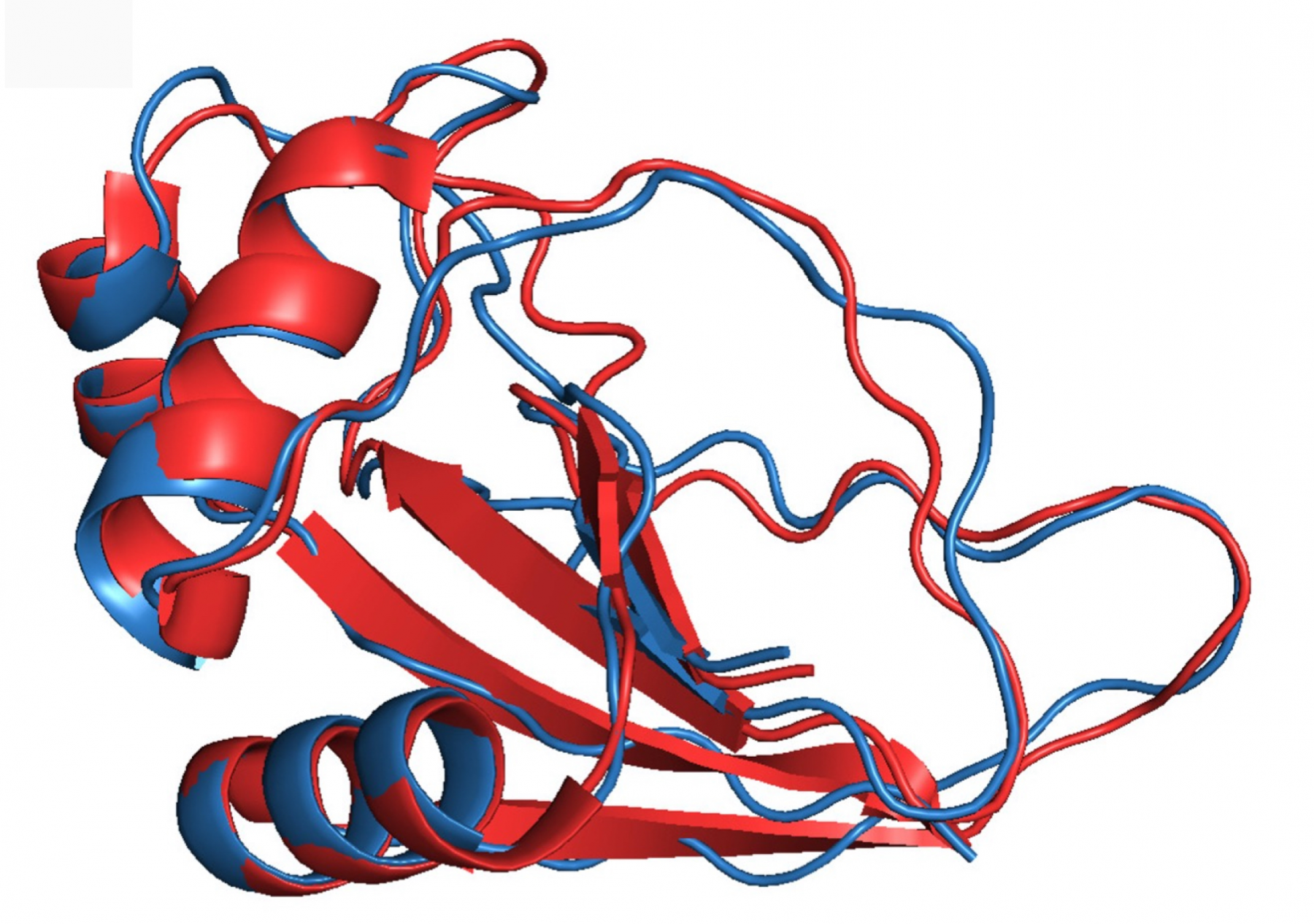We investigate aspects of topology in protein folding. For this we numerically simulate the temperature driven folding and unfolding of the slipknotted archaeal virus protein AFV3-109. Due to knottiness the (un)folding is a topological process, it engages the entire backbone in a collective fashion. Accordingly we introduce a topological approach to model the process. Our simulations reveal that the (un)folding of AFV3-109 slipknot proceeds through a folding intermediate that has the topology of a trefoil knot. We observe that the final slipknot causes a slight swelling of the folded AFV3-109 structure. We disclose the relative stability of the strands and helices during both the folding and unfolding processes. We confirm results from previous studies that pointed out that it can be very demanding to simulate the formation of knotty self-entanglement, and we explain how the problems are circumvented: The slipknotted AFV3-109 protein is a very slow folder with a topologically demanding pathway, which needs to be properly accounted for in a simulation description. When we either increase the relative stiffness of bending, or when we decrease the speed of ambient cooling, the rate of slipknot formation rapidly increases.
Download a copy of the manuscript

